Are you a passionate roller skater looking for an effective safety accessory? If so, you might have considered using a bike helmet while roller skating. But is it safe to do this? While the idea of using a bike helmet may seem logical, there are still some important factors to consider when determining the right type of helmet and whether it can truly protect your head while skating. This article will discuss if it is safe to use a bike helmet for roller skating and how to effectively protect yourself from potential injury.
Table of Contents
Helmets That Are Safe to Use for Roller Skating
Helmet replacements
Helmets are an essential piece of safety gear for roller skaters. To ensure that your helmet is up to the task of protecting you in case of a fall, it’s important to replace helmets when needed. Signs that indicate you need a new helmet include visible cracks or damage on the exterior, deteriorating foam padding and straps, or if the helmet has been in contact with abrasive materials like dirt or concrete. Storing your helmet in a cool, dry place will help maintain its integrity so that it can be safely used for much longer than one stored elsewhere.

It’s not safe to use a second-hand helmet
Second-hand helmets should not be used as they may have been in contact with abrasive surfaces or suffer from other issues that can compromise the helmet’s safety. Helmets are designed to absorb shock, so any damage caused by wear and tear will reduce their effectiveness. If you need a new helmet, it is best to purchase one from a reputable retailer that offers quality products.
Types of helmets suitable for Roller Skating
When choosing a helmet for roller skating, make sure it is certified by the American Society for Testing and Materials (ASTM). This indicates that the product has passed rigorous safety testing standards. Most importantly, the helmet needs to fit your head properly so that it stays in place during falls or collisions. There are several types of helmets designed for roller skating, including in-line skating, skateboarding, and roller derby.
In-line skating helmets are lightweight and ventilated for maximum comfort. They usually have a low-profile design, so they won’t obstruct your vision when you’re on the go. Skateboard helmets are designed to protect against impacts from all directions, providing superior coverage that can withstand heavy impacts. Roller derby helmets often come with chin straps to keep them securely in place during fast-paced bouts. No matter which type of helmet you choose, always make sure it is certified by ASTM standards to ensure your safety while roller skating.
Don’t use a helmet with missing parts
When inspecting your helmet, make sure it doesn’t have any broken or missing parts. This includes items like chin straps, visors, and padding. If a part is broken or missing, replace it immediately. Not only will this keep you safe while skating but also prolong the life of your helmet.
Don’t put stickers on a helmet
Putting stickers on a helmet may seem like a fun way to customize your gear, but it can actually reduce the safety of the helmet. Stickers that are placed too close together can block air vents and reduce their breathability. They can also make it difficult for foam padding to do its job in absorbing shock from falls or collisions. As such, it is best to avoid placing stickers on helmets altogether.

Helmets for different activities
Skateboarding
Skateboarding helmets are designed to protect your head from the impacts commonly associated with skateboarding. They protect hard concrete, railings, and other obstacles that you may encounter while skating. The helmet should fit snugly on your head and be made of a material that can absorb the impact of a crash. It also should have straps to secure it in place so that it doesn’t shift or come off during an accident.
Cycling
Cycling helmets are designed for those who ride bicycles, whether on the road or off-road. These helmets must meet certain safety standards set by organizations like the Consumer Product Safety Commission (CPSC). A cycling helmet must cover most of your head and include straps to secure it in place. The helmet should fit snugly and be made from a material that can absorb impact if you get into an accident.
Skiing/Snowboarding
Skiing and snowboarding helmets are designed for those who ski or snowboard on the slopes. These helmets must meet certain safety standards set by organizations like the American Society of Testing and Materials (ASTM). Ski and snowboard helmets should fit securely and provide full coverage to the head, including the forehead, temples, back of the head, sides of the head, and ears. The helmet should also have air vents to keep your head cool while skiing or snowboarding. Additionally, they should have chin straps to ensure that they stay in place during falls or crashes.
Horseback Riding
Helmets designed for horseback riding must meet safety standards set by organizations like the Safety Equipment Institute (SEI). These helmets are designed with a hard outer shell and an interior that is soft enough to absorb energy from falls or impacts with objects. The helmet should fit snugly, cover your entire head, and have straps to keep it in place during a ride. Additionally, horseback riding helmets usually have additional padding to ensure maximum protection of your head while riding.
Scooter riding
Scooter riding helmets are designed for those who ride a scooter on the streets. These helmets must meet certain safety standards set by organizations like the European Committee for Standardization (CEN). A scooter helmet should fit snugly, cover your entire head, and include straps to keep it in place during a ride. Additionally, many scooter-riding helmets also come with additional padding to ensure maximum protection of your head while riding.
Kayaking
Kayaking helmets are designed to protect against any potential impacts that may occur while kayaking, such as when paddling over rocks or obstacles in rivers and streams. These helmets must meet certain safety standards set by organizations like the U.S. Coast Guard (USCG). The helmet should fitj snugly, cover your entire head and ears, and include straps to keep it in place during a ride. Additionally, some kayaking helmets come with additional padding to ensure maximum protection of your head while kayaking.
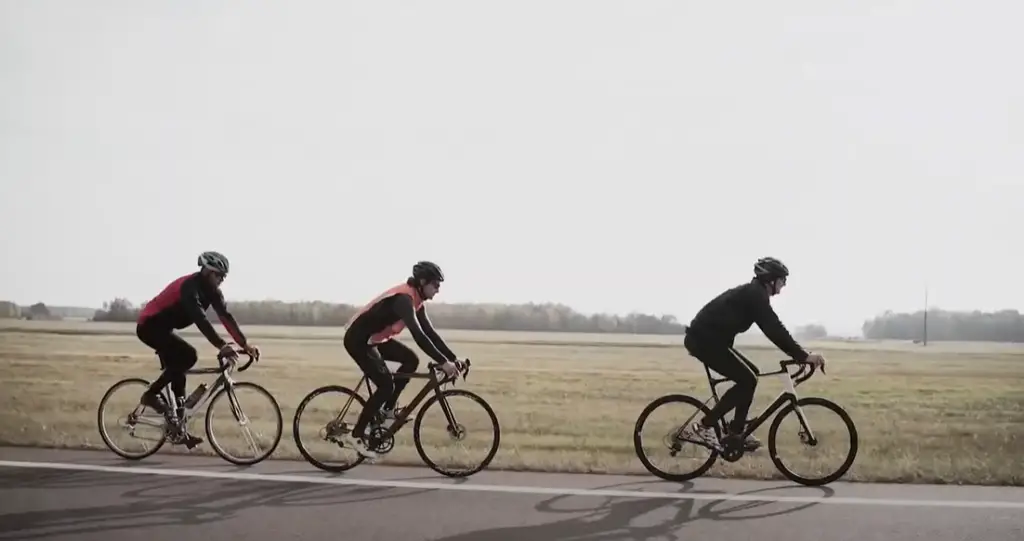
Multi-sport helmet
Multi-sport helmets are designed for those who participate in multiple activities such as skiing, snowboarding, cycling, horseback riding, and kayaking. These helmets must meet certain safety standards set by organizations like ASTM and USCG. A multi-sport helmet should fit snugly, cover your entire head and ears, and include straps to keep it in place during a ride. It should also be made from a material that can absorb the impact of an accident or fall. Additionally, many multi-sport helmets also come with additional padding to ensure maximum protection of your head while participating in various activities [1].
Skate Helmets vs. Bike Helmets – What’s the Difference
Safety Standards
Safety standards for both skateboard and bike helmets differ based on their intended use. Skate helmets generally adhere to the ASTM F1492 standard, which focuses on impact protection from falls and collisions while skateboarding or performing other extreme sports. Bike helmets, on the other hand, meet the CPSC (Consumer Product Safety Commission) safety standard, which is designed to provide a higher level of protection against more intense impacts related to bicycling. The CPSC also tests for retention systems, which are often more secure in bike helmets than they are in skate ones.
Design Differences
The design differences between skate and bike helmets can be quite noticeable when comparing them side by side. Skate helmets tend to have a lower profile and less coverage, as well as being more lightweight and better ventilated. Bike helmets, on the other hand, typically have a higher profile with more coverage and include additional features such as visors and chin straps.
Protection Levels
In general, bike helmets offer a higher level of protection than skate ones due to their increased coverage area and secure retention systems. However, both types of helmets should still be worn at all times when participating in either sport to help minimize the risk of serious head injuries. Additionally, it is important to replace any damaged or worn-out helmet before using it again to ensure optimal protection levels are maintained.
Head Coverage
For those who are looking for maximum coverage, bike helmets typically offer more than skateboard helmets. They also come with additional features such as visors and chin straps that can provide further protection in the event of a crash or fall. The increased head coverage provided by bike helmets can be beneficial for those who want to ensure they are as safe as possible while participating in either sport.
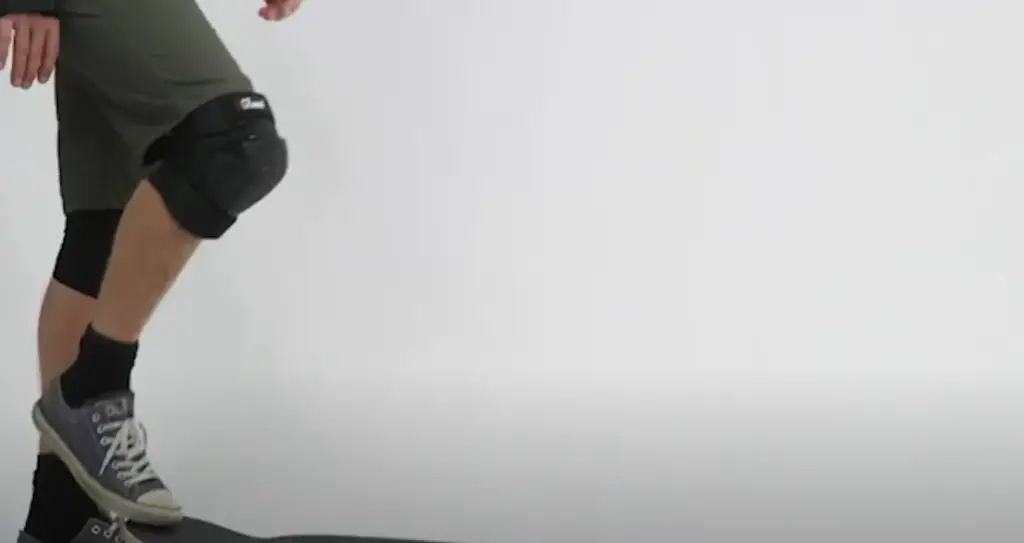
Style and Comfort
When it comes to style and comfort, both types of helmets can provide a comfortable fit. Skate helmets tend to be more lightweight and well-ventilated due to their lower profile design, making them ideal for those who want to stay cool while skating. Bike helmets, however, often come with additional features such as visors and chin straps that can help block out the wind and keep riders more comfortable on long rides [2].
How to maintain a Bike Helmet?
- Check for damage regularly: Inspect your helmet for any signs of visible wear and tear, like cracks or loose straps, before and after each ride.
- Clean the exterior: Gently wipe down the outer shell with a damp cloth to remove dirt and grime. Do not use aggressive cleaning products as this can damage the material or protective coating on some helmets.
- Replace when necessary: Helmets should be replaced every 3-5 years depending on usage, manufacturer recommendations, and condition of the helmet. If you are involved in an accident while wearing a helmet it is recommended that you replace your helmet even if no visible damage has occurred as the impact may have weakened its structural integrity without any external signs.
- Store in a safe place: When not in use, store your helmet in a cool, dry place away from direct sunlight and extreme temperatures. This will extend the life of your helmet and help ensure it is ready for you when you need it!
- Follow manufacturer instructions for care and maintenance: Many helmets come with specific instructions on how to care for them properly, so make sure to read any provided information and follow the recommendations closely. Doing so will help maintain the structural integrity of your helmet and keep you safe while riding!
- Never modify or repair a damaged helmet: If your helmet has been damaged in any way, do not attempt to modify or repair it yourself as this may compromise its ability to protect you. Instead, replace the helmet with a new one that meets all safety standards.
- Replace after any impact: Even if no visible damage has occurred, helmets should be replaced after an accident or any other type of impact as this can weaken the integrity of the helmet and put you at risk while riding.
- Check for updated safety standards: Bike safety technology is constantly evolving so make sure to check for updates from your helmet manufacturer periodically to ensure you are getting the best protection possible on every ride!
By following these simple tips, you can ensure your bike helmet remains in top condition and continues to provide optimal protection when out on the road or trail [3]!

FAQ
Are skating helmets different from bike helmets?
Yes, skating helmets are designed specifically for skate sports and have a different design than bike helmets. Skate helmets typically have a lower profile, with an elongated shape, and more coverage of the back of the head than bike helmets. They also often feature additional features such as visors or goggles to protect against dust, dirt, or foreign objects. Additionally, skateboarders may opt for full face protection that covers their eyes and mouth as well. Finally, venting systems in skate helmets allow heat to escape during the activity which helps keep you cool while you ride. Bike helmets do not typically include these features.
How do I know what size helmet to buy?
The best way to determine the correct size helmet is by measuring your head circumference. You can do this by wrapping a measuring tape around the widest part of your head, just above your eyebrows and ears. Most helmets will have a sizing chart that you can use to determine what size helmet is best for you. Additionally, many companies offer adjustable straps or interchangeable pads to help ensure the perfect fit.
What safety features should I look for when buying a helmet?
Look for helmets that are certified by safety organizations such as ASTM International and CPSC (Consumer Product Safety Commission) standards. Also, make sure the chin strap fits securely and comfortably under your chin so it won’t slip off during use. Lastly, look for helmets with extra padding for maximum comfort and protection. Additionally, some helmets come with built-in visors or goggles to provide extra protection against dust, dirt, and foreign objects.
Are there any other considerations when buying a helmet?
Yes! Make sure the helmet you buy fits comfortably and snugly without being too tight. Additionally, look for helmets that have adjustable straps or interchangeable pads which can help ensure a perfect fit. Finally, if you plan on using your helmet in multiple activities (such as skateboarding and biking), it’s important to make sure that the helmet is designed for those specific activities.
What kind of helmet do you wear to go skating?
The type of helmet you should wear when skating depends on the type of skateboarding you are doing. If you plan to do street, vert, or park skateboarding, then a traditional skate helmet is recommended. These helmets usually have a lower profile than bike helmets, with more coverage for the back of your head, and often feature additional features such as visors or goggles for extra protection. For downhill longboarders, full face protection that covers your eyes and mouth is recommended. Regardless of what type of skateboarding you do, always make sure that the helmet meets the necessary safety requirements and fits comfortably and securely while still allowing comfortable movement.
Can you use an MTB helmet for skateboarding?
No. MTB helmets are designed for mountain biking and generally have a more rounded shape than skateboarding helmets. Additionally, MTB helmets typically don’t feature the extra coverage that skateboards need in the back of the head or specialized features such as visors or goggles. As such, an MTB helmet may not provide the necessary protection for skateboarding and should not be used for this purpose. Instead, it’s important to use a helmet specifically designed for skateboarding activities which offers additional coverage and features tailored to your needs.
Is an MTB helmet OK for the road?
MTB helmets are suitable for road biking as long as they meet the necessary safety standards. However, you may want to consider purchasing a specialized road cycling helmet if you plan to be riding on the roads regularly. Road cycling helmets generally have more aerodynamic designs and better ventilation than MTB helmets, making them ideal for riding at high speeds. Additionally, most road cycling helmets feature built-in visors or goggles which can help protect your eyes from debris.
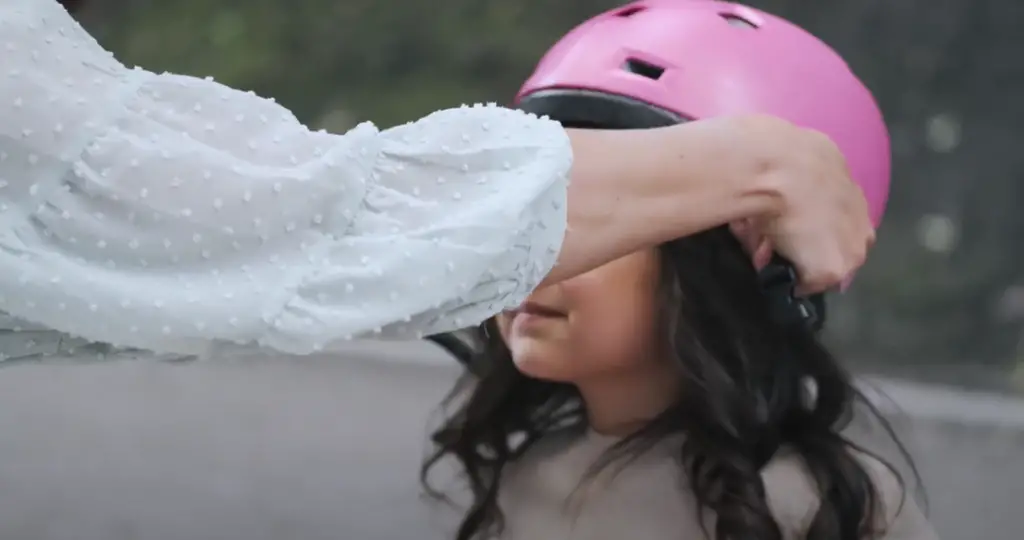
Should I buy a helmet for a skateboard?
Yes! Skateboarding is a high-risk activity and wearing a helmet is an essential safety measure. There are many different types of skate helmets available, so make sure to find one that fits comfortably and securely while still allowing comfortable movement. Additionally, look for helmets with extra padding for better protection and certification by safety organizations such as ASTM International or CPSC (Consumer Product Safety Commission). Finally, if you plan on using your helmet for multiple activities, check to make sure that it’s designed specifically for those activities. By taking the proper precautions you can help ensure your safety while having fun on your skateboard!
Do you need a certified skate helmet?
Yes. Safety is paramount when riding any type of skateboard, and as such it’s essential to wear a certified helmet. Look for helmets with certification from organizations such as ASTM International or CPSC (Consumer Product Safety Commission). Additionally, many skate helmets feature additional features such as visors or goggles to provide extra protection against dust, dirt, and foreign objects.
By investing in a properly certified helmet you can help make sure that you stay safe while having fun on your skateboard! Doing so will also ensure that if an accident does occur, your head is protected by the best possible equipment. It may seem like an unnecessary expense at first, but it could end up saving your life.
What is a non certified helmet?
A non certified helmet is any helmet that does not meet safety requirements established by organizations such as ASTM International or CPSC (Consumer Product Safety Commission). These helmets may look like skate helmets and have similar features, but they are not designed to provide the same level of protection in an accident. Therefore, it’s important to invest in a properly certified skateboarding helmet to be sure that you receive the necessary protection while riding your board. By taking this extra precaution you can ensure your safety while having fun on your skateboard!
Useful Video: Which Helmet Should I Get For Aggressive Inline Skating
Conclusion
Using a bike helmet for roller skating is generally discouraged due to the likelihood of increased neck and head injury if a crash occurs. The thin protective layer afforded by a bicycle helmet doesn’t fully cover the roller skater’s head, leaving it more vulnerable in case of an accident. For that reason, wearing additional protection such as elbow pads, knee pads, and wrist guards is recommended while skating. These accessories not only help reduce the risk of injury during falls but also improve balance and control during turns or other maneuvers on wheels. Therefore, using safe practices and appropriate protective gear is key for any kind of sport related to wheeled activities.
References:
- https://www.cpsc.gov/safety-education/safety-guides/sports-fitness-and-recreation-bicycles/which-helmet-which-activity
- https://www.irideup.com/skate-helmets-vs-bike-helmets/
- https://www.bicycling.com/bikes-gear/a20027368/7-helmet-care-rules/

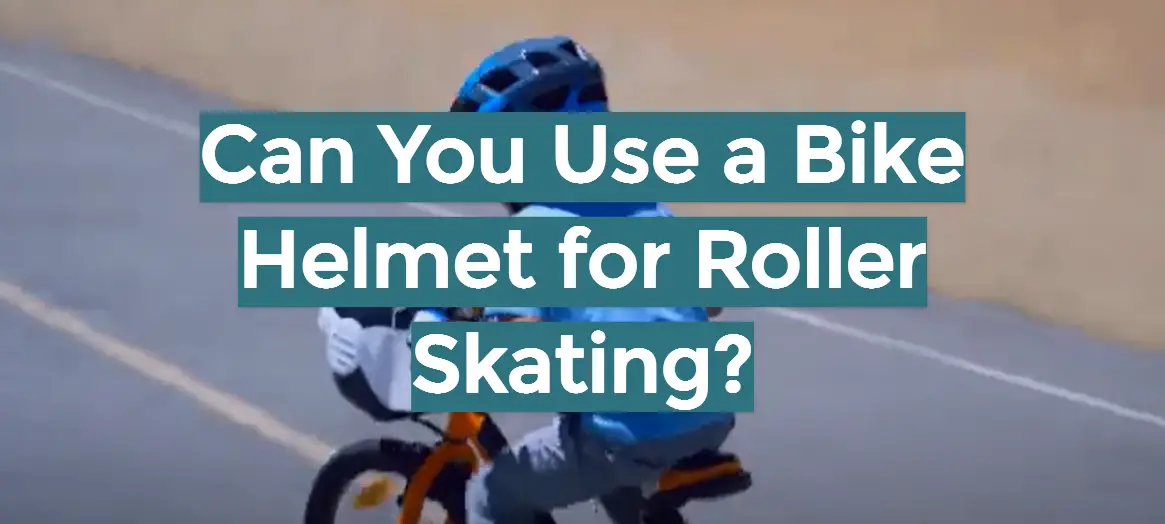

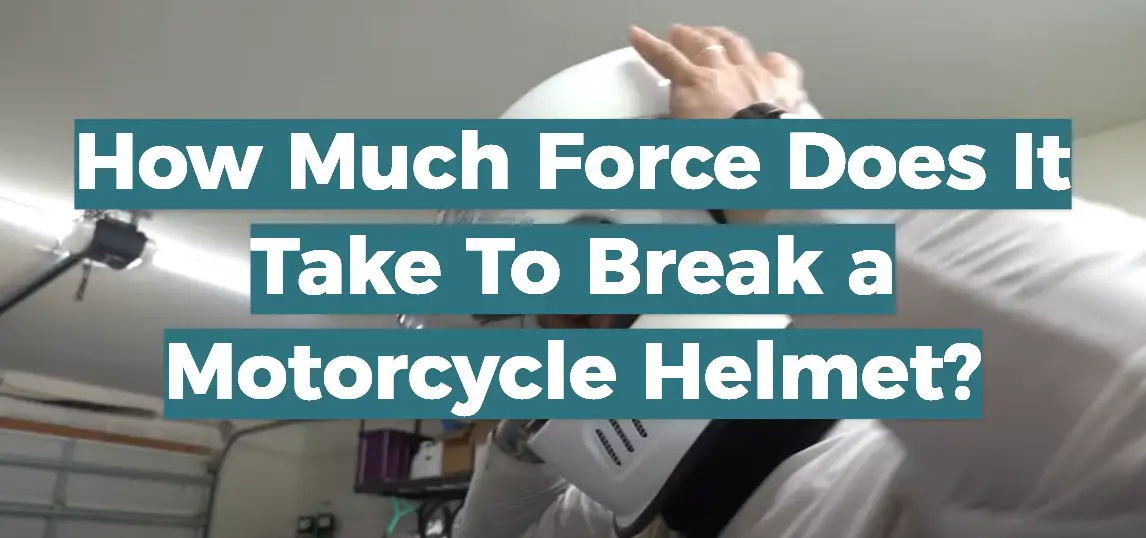
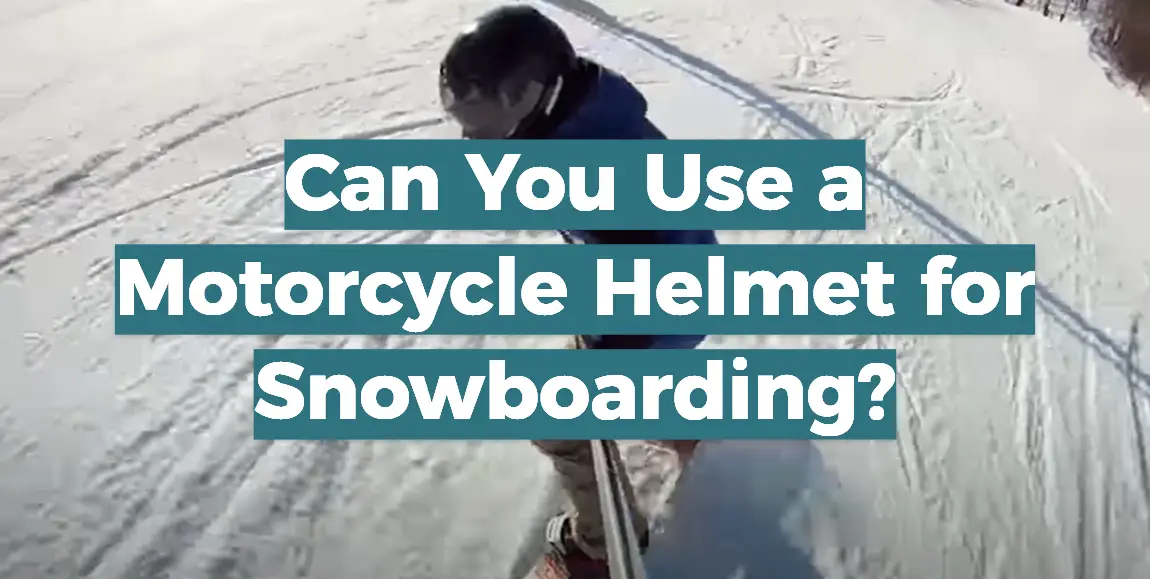
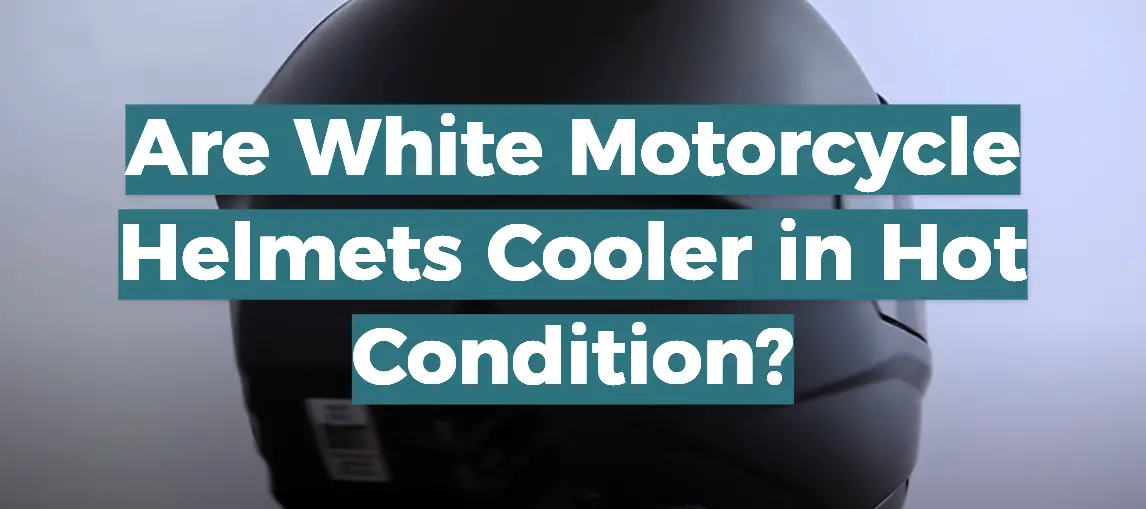
Leave a Reply